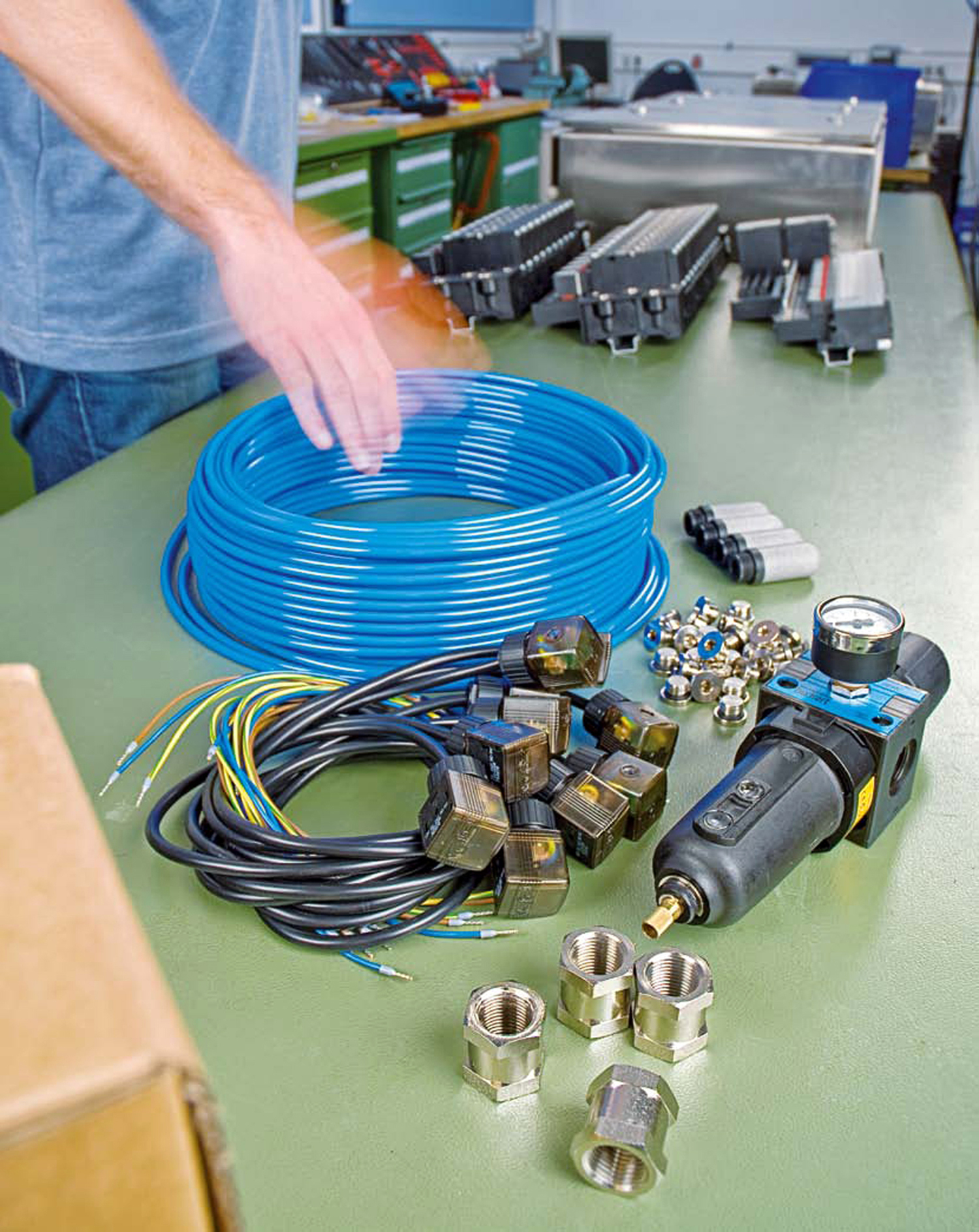

|
Edward Lowton
Editor |


|
Simplicity is the key to design and component selection for pneumatic control automation systems
07 August 2014
The use of pneumatic process control systems has been adopted by a wide variety of industries and as the complexity of these control systems grows, so it becomes even more important to ensure high levels of reliability and integrity. However, not every system requires a huge valve island or bus communication to achieve the required level of automation.

Neil Saunders, General Manager at Bürkert Fluid Control Systems looks at the common components and processes involved; from the most basic design to a complete production line.
Pneumatic control has been in use for many years, especially in the pharmaceutical and food and beverage industries where hygienic conditions must be maintained to a very high standard. Pneumatics have many advantages, including a simplicity of design, low maintenance requirements and excellent reliability due in part to the use of compressed air as the power source, which is effectively inert and readily available. In addition, these systems are intrinsically safe and so can also be used in hazardous atmospheres, such as those in the petro-chemical industries
Please click here for full information on this press release.- Stainless steel PTFE bellows valve
- Technical training
- Online monitoring optimises water quality
- Pumps firm appoints account manager
- Valves for steam temperature control
- Monitoring enhances accuracy and predictive maintenance
- Two-in-one unit
- Sense and sensitivity
- Flow measurement for WFI loops: Preventing biofilm development
- Controlling hydrogen in fuel cells

















